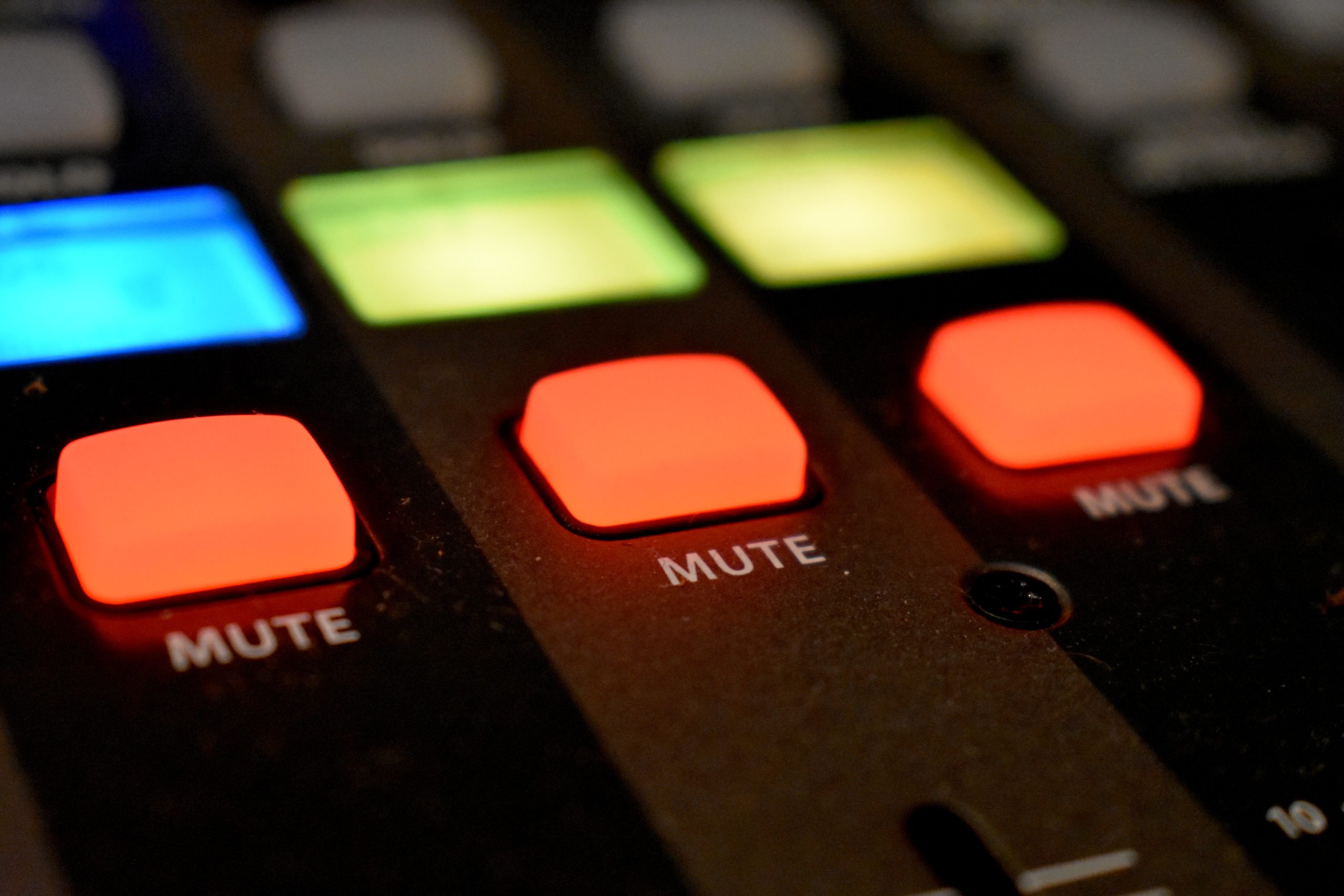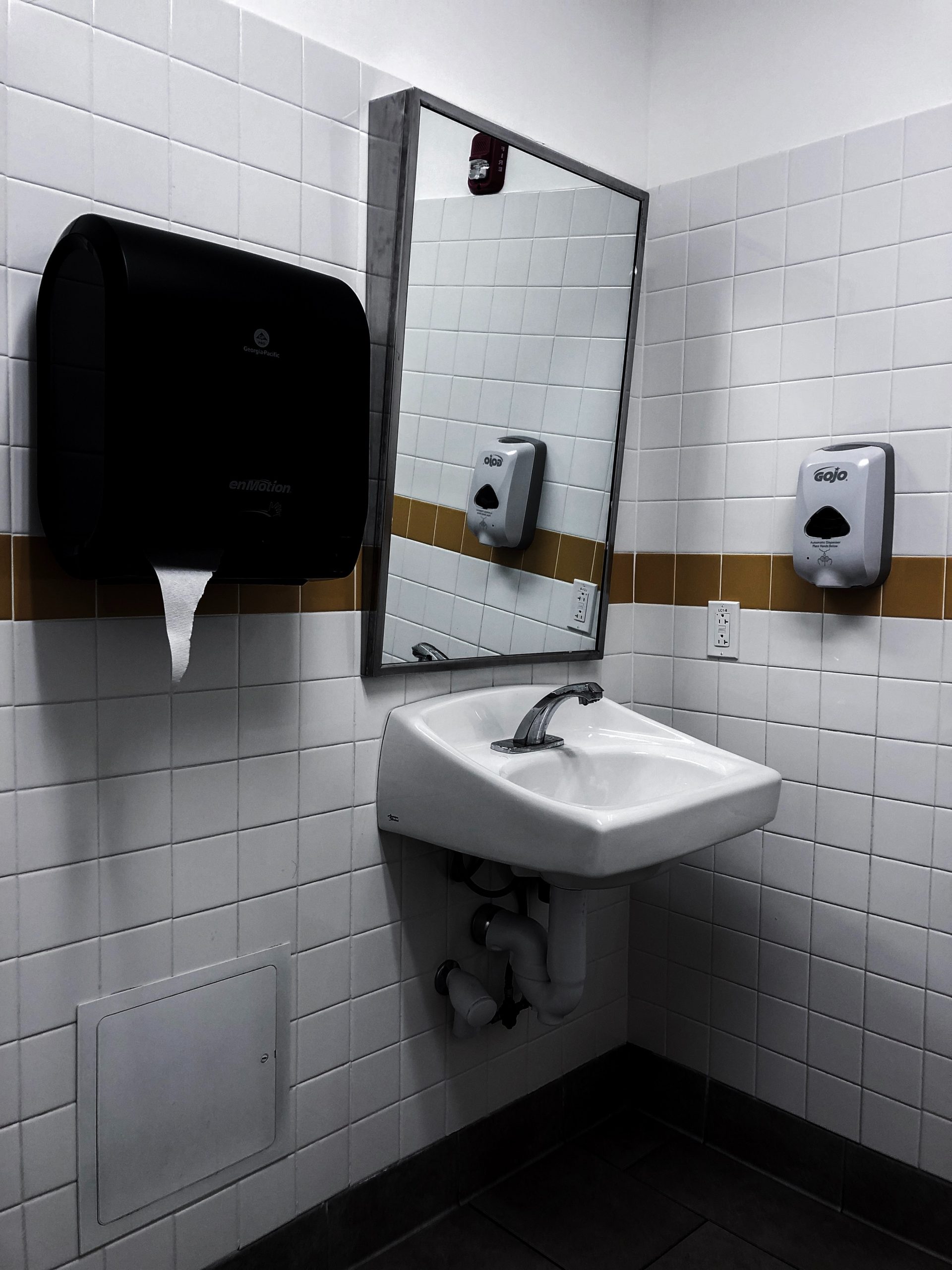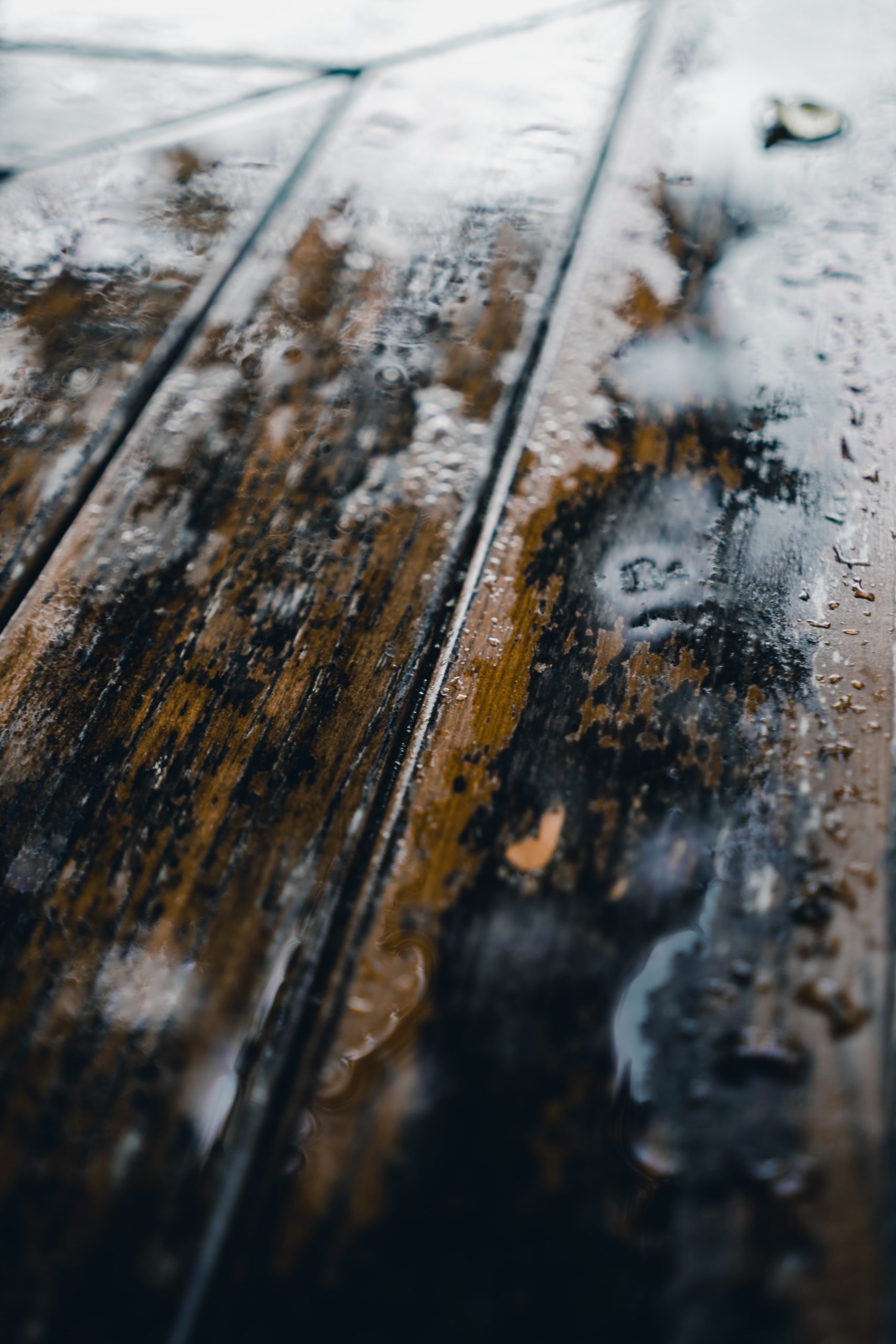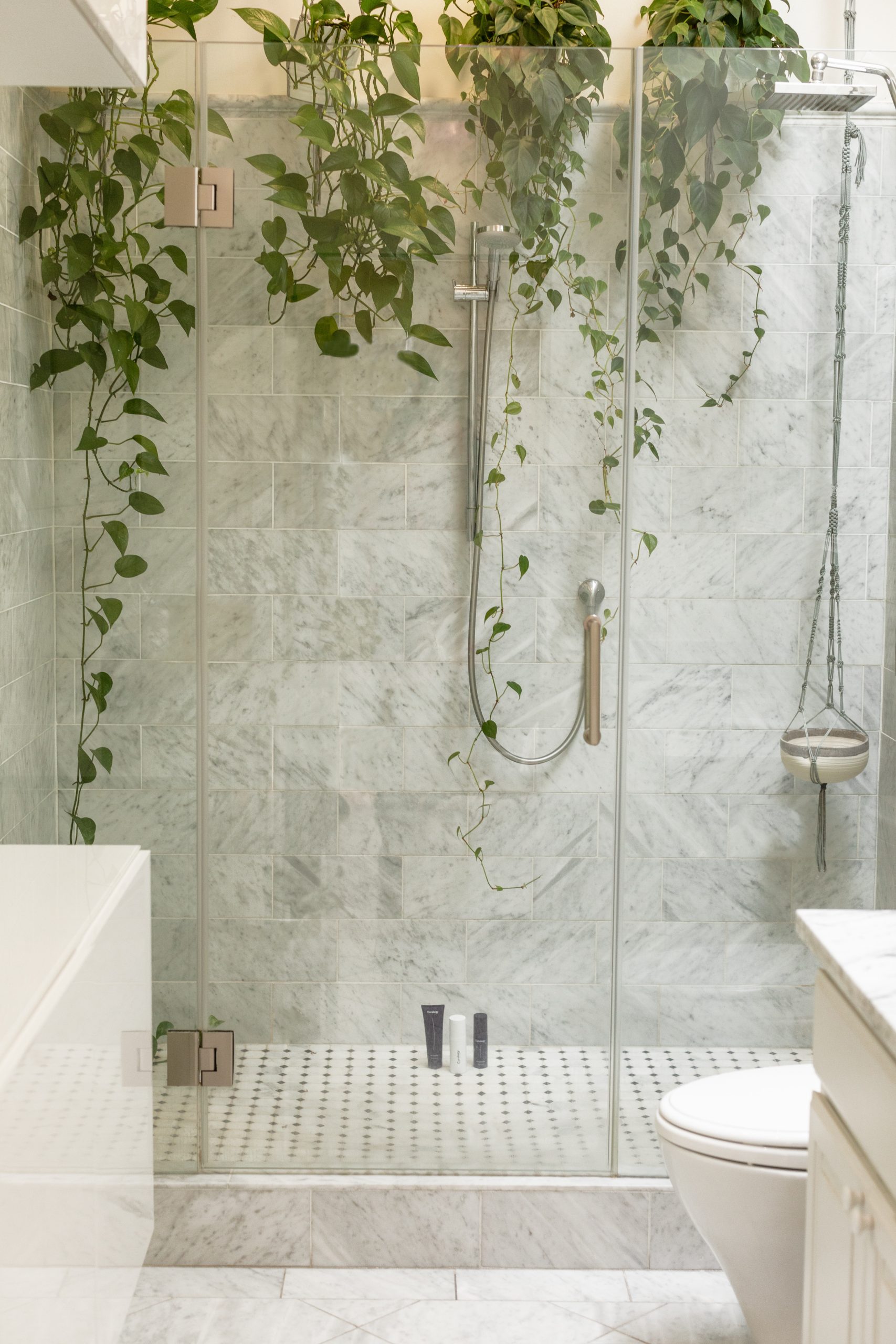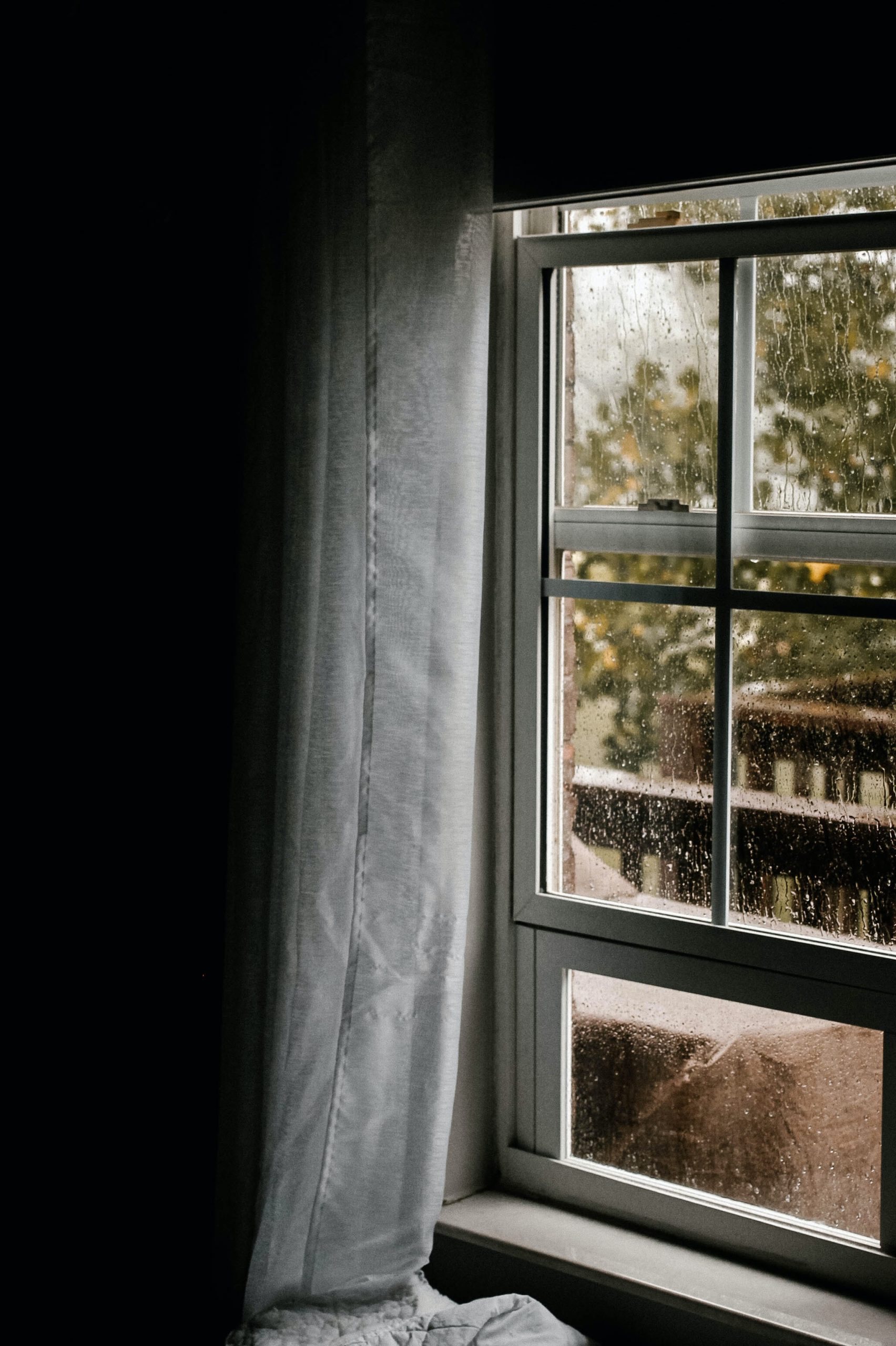Indoor Mold Summary White Paper
Indoor Mold Summary White Paper
What is indoor Mold and how does it affect us?
Overgrowth of mold in the home can produce high levels of mycotoxins and microbial volatile organic compounds (mVOCs), causing illness.
While there is much more for the scientific community to explore, thankfully there is a growing focus on mold in our environment with a significant amount of new research being conducted on these topics.
What are mold, mycotoxins and mVOCs?
Mold includes various types of fungus that grow on damp or decaying organic matter. Mold can grow outdoors or indoors; it only needs moisture and a carbon source. 1 Outdoors, moisture from the ground and decaying leaves or wood provide the perfect habitat for mold. Indoors, moisture from the air (excess humidity) or from a leaking pipe or roof will saturate a substrate such as wood, cardboard or even dust, and provide the moisture and carbon food for mold to grow. It produces particulate pollution (physical spores that replicate and spread) as well as various chemical byproducts.
Mycotoxins are secondary metabolites, which are organic compounds that are produced by various organisms that are not directly involved in the growth, development, or reproduction of the organism but are essential in the ecological and other activities (contrasted with primary metabolites, which are directly involved with these activities).2 These are chemicals that are specifically toxic to humans, which scientists believe the mold produces to cause plant disease, defend the mold from other microbes, or simply when the mold is stressed.
Mold can cause two broad types of disease, mycoses and mycotoxicoses.
(1) Human mycoses3:
Are caused by growth of the fungi on or in our bodies, which can be treated with antifungals. (Mycotoxins produced while the mold is in the body cause a secondary reaction).
are mainly caused by opportunistic fungi, which produce illness by taking advantage of debilitated or immunocompromised hosts
are frequently acquired via inhalation of mold spores from an environmental reservoir or by unusual growth of a commensal species that is normally resident on human skin or the gastrointestinal tract
portal of entry can be through the pulmonary tract or direct contact with the skin
are largely diseases of the developed world, usually occurring in patients whose immune systems have been compromised by advanced medical treatment.
(2) In contrast, mycotoxicoses:
Are caused by dietary, respiratory, dermal, and other exposures to the mycotoxins, causing “poisoning by natural means” similar to the pathologies caused by exposure to pesticides or heavy metal residues.3
Can be successfully treated by regimens of mycotoxin antigens, sauna, oxygen therapy, and nutrient..4
Are common in underdeveloped nations due lack of resources to harvest and store foods properly.3 However, it is hypothesized that mycotoxicoses in the Western World are mainly due to inhalation of mycotoxins from mold growing in indoor environments (our inference from mold experts).
As a company focused mainly on air quality, HypoAir has focused on mycotoxins that cause illness due to inhalation (which are mainly mycotoxicoses), as a result of mold growing indoors and releasing conidia (entire spores or fragments of mold or its spores) that contain mycotoxins. In samples collected from water-damaged indoor environments in Sweden in 20075, here are the main mycotoxins found:
Trichodermol and Verrucarol are trichothecenes. Trichothecenes are a very large family of chemically related mycotoxins produced by various species of Fusarium, Myrothecium, Trichoderma, Trichothecium, Cephalosporium, Verticimonosporium, and Stachybotrys molds. Trichothecenes inhibit protein synthesis in human and animal cells. 6,7
Sterigmatocystin is also generated by Aspergillus molds. It is structurally and biologically related to aflatoxins and is regarded as a precursor of aflatoxin B1 (see below). Therefore, the acute toxicity and carcinogenic properties of this mycotoxin are similar to those presented by aflatoxins, although less potent, and Sterigmatocystin has been recognized as a group 2B carcinogen.8
Satratoxins G and H are produced by the black mold Stachybotrys chartarum. Neurotoxicity and inflammation within the nose and brain are potential adverse health effects of exposure to satratoxins and Stachybotrys in the indoor air of water-damaged buildings.9
Gliotoxin is produced by the common indoor mold genus Aspergillus and is immunosuppressive (it can dampen the body's ability to ward off disease and infection). To do this it impairs the activation of T-cells and induces cell death in monocytes, a type of white blood cell.10
Aflatoxin B1 (AFB1) is one of the most potent carcinogens in foods, and it was postulated to account for the prevalence of hepatocellular carcinoma (HCC) in high exposure areas. 11
Volatile Organic Compounds (VOCs)
VOCs are gasses and can be anthropogenic (produced by human activity) or biogenic (produced by living organisms, but more specifically plants and animals). A subclass of biogenic VOCs is microbial VOCs (mVOCs), which are gasses produced by bacteria or fungi. Indoors, mVOCs diffuse through and sometimes accumulate in the air. Some mVOCs are responsible for that “musty” odor that is the telltale sign of mold growth (such as geosmin and 1-octen-3-ol), but others can be odorless. Compounds with eight carbon atoms, such as 1-octen-3-ol, 3-octanol and 3-octanone are among the most common fungal VOCs, and among fifteen of the most prevalent mVOCs in water-damaged buildings (thse are 2-methyl-1-propanol, 3-methyl-1-butanol, 3-methyl-2-butanol, 2-pentanol, 3-octanol, 1-octen-3-ol, 2-octen-3-ol , 3-methylfuran, 2-hexanone, 2-heptanone, 3-octanone, 2-methylisoborneol, 2-isopropyl-3-methoxy-pyrazine, geosmin, and dimethyl disulphide).12 Although these mVOCs have not been tested for carcinogenicity, DNA damage was detected for all fifteen of the common mVOCs. 13 Low concentrations of the vapor form of several C-8 compounds including 1-octen-3-ol are toxic to larvae and adult fruit flies. Moreover, 1-octen-3-ol (octenol for short and also called mushroom alcohol) selectively affects dopaminergic neurons in adult Drosophila (fruit fly) brain and induces Parkinson’s-like behavioral alterations in a fly model for this disease.14,15 Volatile phase 1-octen-3-ol was 80 times more toxic than the volatile phase of toluene in stem cells studies.16 Unfortunately, due to studies mostly conducted on the liquid phase of octenol, the FDA has approved it for use in foods and perfumes, and the EPA has approved it for use in insect lures. The problem with the vapor phase octenol is, like other VOCs, concentrations can build up in enclosed spaces like basements, attics, and even whole homes if they are not ventilated.
Image source: (17)
How do mycotoxins and mVOCs overlap?
Mycotoxins are only found in solid or liquid form, while mVOCs are gaseous. However, mycotoxins and many mVOCs are both toxic products of mold. Therefore, overlap exists in the toxic category, but the science community doesn’t think that mVOCs should be called mycotoxins. Why?
The condition of secondary metabolites: mycotoxins are all secondary metabolites, encoded by clustered genes that are easy to detect in genomic data. Only some fungal volatiles (e.g., the terpenoids) are secondary metabolites. 18
There already are other classes of toxic metabolites made by fungi that are not called mycotoxins. Terms like “antibiotic,” (compounds toxic to bacteria), “mushroom poison” (compounds made by mushrooms) and “phytotoxin” (compounds toxic to plants, or confusingly, made by plants19) are used to label certain other categories of fungal products with toxigenic properties. 18
Since many of the VOCs that have been studied are breakdown products of fatty acids, mediated by lipoxygenases, or are made by simple biotransformation steps from amino acids, we are not certain whether the VOCs we detect in profiles from growing fungi are the direct products of fungal metabolism or are merely incidental breakdown products.18
For these reasons, one article proposes the name “volatoxin” for those mycotoxins which are volatiles.18 Whatever they are officially named, mVOCs have the potential to be harmful to humans, especially if they are allowed to accumulate in a closed space.
Mold Naturally found outside vs trapped indoors
Mycotoxins and mVOCs found outside are normally diluted due to the abundant circulation of fresh air around and through them. It is entirely different indoors. Just as CO2 can build up from exhalation of inhabitants in a closed space, mVOCs from mold can also become concentrated in closed atmospheres, and mycotoxins become airborne whenever mold is disturbed, even from the airflow created when a window or door is opened.
Where are these high concentrations found? Spaces like the following are ripe for “biohazard” conditions concerning mVOCs and mycotoxins:
Damp basements
Enclosed crawl spaces
Attics with leaky roofs or otherwise high ambient humidity
Backyard sheds
Non-climatized storage units
Vacation homes that are closed up without air conditioning or ventilation
Homes damaged by natural disasters or neglect, that are abandoned
Commercial buildings that have not been occupied or climatized in some time
The combination of lack of ventilation (for dilution) and excess humidity and darkness makes these spaces the perfect environment to grow mold and all of the toxins it emits.
How does Polar Ionization affect mycotoxins and mVOCs?
Our Polar Ionization uses Carbon Brush style Needlepoint Ionization to split the normal water vapor (H2O) in the air into millions of positive Hydrogen ions and negative Oxygen ions, without the production of ozone. These natural ions are in proper balance and are stable enough that they can last a minute or longer as they travel in the airflows of an HVAC system or room giving them sufficient time to interact with air and surface contaminants in large buildings. Ions are any molecule or atom where the number of electrons does not equal the number of protons. These ions are very effective against a wide range of particulate, biological and chemical contaminants.
Due to their type and stability they:
can provide purification for large areas with reasonable upfront costs and no ongoing replacement parts
can react with both airborne and surface based contaminants opening up many new applications for safe active sanitization of occupied spaces.
Remove static electricity, and as such are able to travel much further than negative ions.
Due to their balanced nature, they do not create unwanted ozone unlike devices that produce negative only ionization
Ability of Polar Ionization to protect against Mycotoxins and Mold Related Particulates
Mycotoxins can be transmitted through ingesting contaminated food, or they can become airborne, attached to spores of mold (conidia) or fragments of conidia. According to a 2005 study 20, mycotoxins from Stachybotrys Chartarum (specifically trichothecene mycotoxins) were found on intact spores, which are larger (about 5 microns in diameter) as well as fragments of mold and other smaller particles (1.2 microns and below). These mycotoxins are known to react primarily with mucous membranes of the upper respiratory tract and eyes, leading to irritating erythema, inflammation, and pain. 20 In an earlier study, Trichothecene mycotoxins were found on Stachybotrys atra conidia of 5 micron diameter on average, indicating that these mycotoxins are easily respirable.21
The term PM2.5 is often used to refer to particulates 2.5 microns and less in diameter. For reference, a human hair is around 50-100 microns (μm) in diameter. The human body has many natural defenses against large particulates like these. In general, we consider extremely small PM2.5 contaminants to be far more dangerous and difficult to remove than larger particulates. Even smaller, 0.3 microns are considered the Most Penetrating Particle Size (MPPS) due to their difficulty to capture. A HEPA filter's efficiency rating is specifically tested at 0.3 microns (not larger or smaller particles) because it is addressing a variant of the filter's minimum efficiency.
Polar Ionization removes particulates from the air primarily through making them group together making them larger, heavier, and often with a negative or positive charge. Those same larger, heavier, and charged particles can not stay airborne for long and are relatively easy to trap in a mechanical filter or easily vacuumed up from the ground after they settled. Polar Ionization can quickly remove well over 95% of airborne particulates (including spores) without any physical mechanical filtration whatsoever (HEPA). Due to its mode of action, it can also improve the filter rating of any mechanical filter used in the same space by several levels. The use of mechanical filtration in addition to Polar Ionization is often unnecessary, however it can improve the speed of removal of particulates especially with those with high sensitivities. At HypoAir we are quick to recommend redundancies in air purification where the needs of the occupants require faster removal of particulates and when finances allow.
Numerous case studies conducted by independent labs show how mold spore counts (and thus by inference, mycotoxins carried on the mold spores) were dramatically reduced in the air of closed environments by employing HypoAir’s Polar Ionization without additional filters.22
Ability of Polar Ionization to break down mVOCs
The Polar Ions are also effective at breaking down VOCs & odors at a molecular level, specifically gasses with electron volt potential below 11. This is by design as the power output is capped at 12.07eV in order to prevent the formation of ozone since oxygen has an electron volt potential of 12. Formaldehyde (CH2O) for example has 10.88 as its electron volt potential and can be dismantled down into harmless carbon dioxide (CO2) and water vapor (H2O). Similarly Ammonia (NH3) with an electron volt potential of 10.07 is broken down into harmless nitrogen (N2) and water vapor (H2O) (nitrogen naturally makes up about 78% of earth’s atmosphere). Due to the method of production and stability of the ions, no ozone is produced in this process and the theoretical issue of incomplete oxidation or unintended byproducts is addressed with net VOC reduction. One example showing proof of these breakdown reactions was obtained by measurement before and after installation of a bi-polar ionization device in the HVAC system of Houston Methodist Hospital, which reduced Total VOCs (TVOCs) to acceptable levels with activation of the device after many months of poor air quality complaints and failure of carbon filters to adequately clean the polluted air intake.23
The following are electron volt potentials of some of the most common mVOCs in water-damaged buildings24:
Common mVOCs | Electron Volt Potentials |
2-methyl-1-propanol | 9.7 |
3-methylfuran | 8.39 |
2-hexanone | 9.34 |
2-heptanone | 9.33 |
3-octanone | 9.19 |
dimethyl disulphide | 8.46 |
Additional efficacy against more complex chemical compounds and high concentrations of odors can be found with our products that combine Polar Ionization with Activated Carbon, AHPCO and/or our TotalClean i2 spray.
Ability of Polar Ionization to Neutralize Biological Contaminants on Surfaces and in the Air
Polar Ionization has been well tested in our products and in other devices that produce the same type of ions to neutralize certain bacteria, mold, and viruses in the air and on surfaces. Polar Ionization & Mold Spores in particular have been tested many times, including a 99.50% kill rate tested by GCA over a 24 hour period. 25 The Polar Ions are effective at disrupting these biological contaminants by breaking down their surface proteins which results in inactivation or lysis. The efficacy of Polar ionization on viral (Feline Coronavirus, Coxsackie Virus, Polio Virus, SARS Coronavirus) and other biological threats (TB, MRSA, VRE, C. Diff) has been proven for years by a wide range of independent studies with more information, sources, and studies found on hypoair.com.
For more info about our proprietary products and technologies, please visit www.hypoair.com
References:
Indoor Environmental Quality: What is Mold? (n.d.). Retrieved from https://www.cdc.gov/niosh/topics/indoorenv/whatismold.html
Sapkota, A. (18 January 2022). Primary vs Secondary Metabolites- Definition, 12 Differences, Examples. Retrieved from https://microbenotes.com/primary-vs-secondary-metabolites/
Bennett, J. W., Klich, M. (2003). Mycotoxins. Clinical Microbiology Reviews, 16(3), 497–516. https://doi.org/10.1128%2FCMR.16.3.497-516.2003
Rea, W.J. (2018). A Large Case-series of Successful Treatment of Patients Exposed to Mold and Mycotoxin. Clinical Therapeutics, 40(6), 889-893. https://doi.org/10.1016/j.clinthera.2018.05.003
Bloom, E., Nyman, E., Must, A., Pehrson, C., Larsson, L. (2009). Mycotoxins produced by molds in water-damaged indoor environments. Journal of Occupational and Environmental Hygiene, 6(11), 671–678. http://dx.doi.org/10.1080/15459620903252053
Trichodermol (T3D3717). (n.d.). Retrieved from http://www.t3db.ca/toxins/T3D3717
Verrucarol (T3D3723). (n.d.). Retrieved from http://www.t3db.ca/toxins/T3D3723
Vieira, T., Cunha, S., Casal, S. (2015). 25.3.3 Sterigmatocystin. In V.R. Preedy (Ed.), Coffee in Health and Disease Prevention (pp. 225-233). Elsevier Inc.
Islam, Z., Harkema, J.R., Pestka, J.J. (2006). Satratoxin G from the black mold Stachybotrys chartarum evokes olfactory sensory neuron loss and inflammation in the murine nose and brain. Environmental Health Perspectives, 114(7), 1099-1107. https://doi.org/10.1289/ehp.8854
Gliotoxin. (n.d.). Retrieved from https://healthmatters.io/understand-blood-test-results/gliotoxin
Ferk, F., Speer, K., Mišík, M., Nersesyan, A., Knasmüller, S. (2015). Chapter 66 - Protective Effects of Coffee Against Induction of DNA Damage and Cancer by Aflatoxin B1. In V.R. Preedy (Ed.), Coffee in Health and Disease Prevention (pp. 587-596). Elsevier Inc.
Korpi, A., Järnberg, J., Pasanen, A-L. (2009). Microbial volatile organic compounds. Critical Reviews in Toxicology, 39(2), 39-193. https://doi.org/10.1080/10408440802291497
Kreja, L., Seidel, H-J. (2002). Evaluation of the genotoxic potential of some microbial volatile organic compounds (MVOC) with the comet assay, the micronucleus assay and the HPRT gene mutation assay. Mutation Research, 513(1-2), pp. 143-150. https://doi.org/10.1016/s1383-5718(01)00306-0
Inamdar, A.A., Masurekar, P., Bennett, J.W. (2010). Neurotoxicity of fungal volatile organic compounds in Drosophila melanogaster. Toxicological Sciences, 117, pp. 418–426. https://doi.org/10.1093/toxsci/kfq222
Inamdar, A.A., Hossain, M.M., Bernstein, A.I., Miller, G.W., Richardson, J.R., Bennett, J.W. (2013). The fungal derived semiochemical 1-octen-3-ol disrupts dopamine packaging and causes neurodegeneration. Proceedings of the National Academy of Sciences USA, 110, 19561–19566. https://doi.org/10.1073/pnas.1318830110
Inamdar, A.A., Moore, J.C., Cohen, R.I., Bennett, J.W. (2012). A model to evaluate the cytotoxicity of the fungal volatile organic compound 1-octen-3-o1 in human embryonic stem cells. Mycopathologia, 173, 13–20. https://doi.org/10.1007/s11046-011-9457-z
Morse, R., Acker, D. (22 February 2017). Indoor Air Quality And Mold Prevention Of The Building Envelope. Retrieved from https://www.wbdg.org/resources/indoor-air-quality-and-mold-prevention-building-envelope
Bennett, J.W., Inamdar, A.A., (2015). Are Some Fungal Volatile Organic Compounds (VOCs) Mycotoxins? Toxins (Basel), 7(9), 3785–3804. https://doi.org/10.3390%2Ftoxins7093785
A.Graniti (1972). “The evolution of the toxic concept in plant pathology.” In: Wood R.K., Ballio A., Graniti A., editors. Phytotoxins in Plant Diseases (pp. 1–18). Academic Press.
Brasel, T. L., Douglas, D. R., Wilson, S. C., Straus, D. C. (2005). Detection of Airborne Stachybotrys chartarum Macrocyclic Trichothecene Mycotoxins on Particulates Smaller than Conidia. Applied and Environmental Microbiology. 71(1), 114–122. https://doi.org/10.1128%2FAEM.71.1.114-122.2005
Sorenson, W. G., Frazer, D.G., Jarvis, B.B., Simpson, J., Robinson, V.A. (1987). Trichothecene Mycotoxins in Aerosolized Conidia of Stachybotrys atra. Applied and Environmental Microbiology, 53(6), 1370-1375. https://doi.org/10.1128%2Faem.53.6.1370-1375.1987
Milburn, D. Case Studies, Mold Focus_Part 1. (n.d.) Retrieved from https://docs.google.com/presentation/d/1RSgZYhSq0M_-fzlPUP1Q8z2btVuDi8so/edit#slide=id.p1
Schurk, D. Houston Methodist Hospital Test Study Results Needle Point Bi-Polar Air Ionization for VOC Remediation. (n.d.). Retrieved from http://www.victordistcontrols.com/wp-content/uploads/2014/03/Methodist_Hospital_VOC_Remediation_Project_Test_Results_2014.pdf
Electron Volt (eV) Potential Chart for Industrial Gases: UNDERSTANDING eV POTENTIAL PAPER. (n.d.). Retrieved from https://egeda.be/wp-content/uploads/2020/11/Electron-Volt-potential-chart.pdf
Waddell, C. GPS Reports on Pathogen Testing,(n.d.) Retrieved from https://gpsair.com/uploads/customer-resources/Service-Logic/White-Paper-GPS-Reports-on-Pathogen-Testing-03-2020.pdf
Photo by Josh Eckstein on Unsplash


